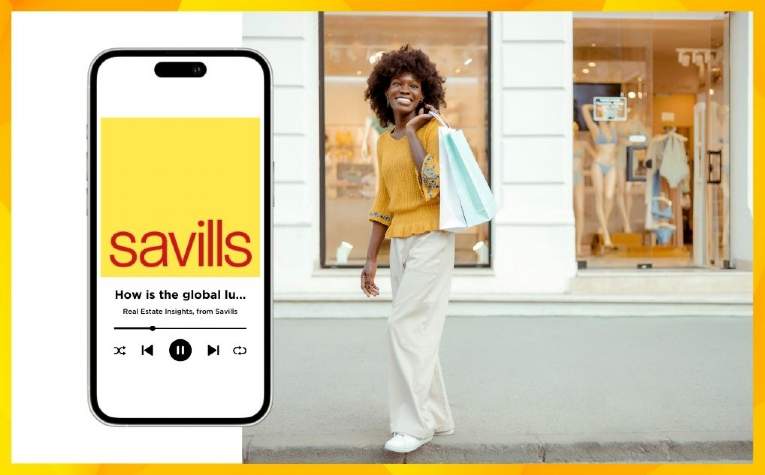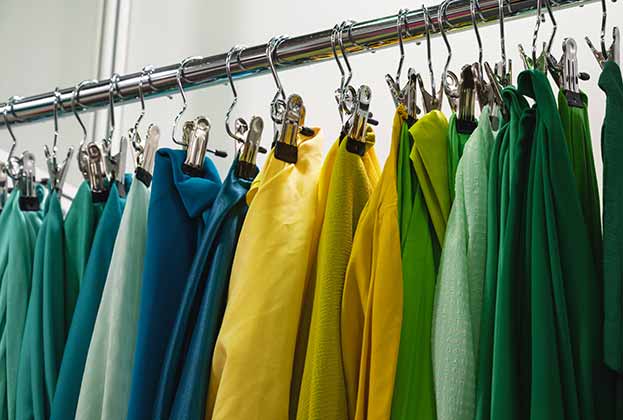As London Fashion Week gets underway, all eyes will once again be on the capital, which has long been counted among the top global retail destinations.
Today, Bond Street is one of the premier shopping locations in the world, with many high profile luxury brands occupying flagship stores. But this has not always been the case. Rewind 20 years and you would have walked past myriad midmarket brands and household retailers, including such names as Dixon’s and Dolcis, before you reached Burberry and Gucci.So what exactly did Bond Street used to look like?
In September of 2000, nearly a quarter of its stores were not occupied by fashion or jewellery brands (this has since reduced to 19 per cent). While antique retailers and auctioneers accounted for a sizeable share of these non-fashion occupiers, a musical instrument store, haberdashers and tobacconist were also in residence.
In fact, less than half of fashion brands now found on Bond Street had a presence there back in 2000, with some surprising names, such as Fendi and Coach, absent. And only 27 per cent of those that were present are currently still in the same stores, including Hermès, Louis Vuitton and Burberry.
Bond Street’s evolution has also seen the fashion offer go more upmarket and international. In particular, it's a lot more European. Back in 2000 UK brands were one of the largest retail groupings, with a similar number of Italian brands in residence. Fast forward 17 years and the Italian luxury brands now dominate the street, accounting for 34 per cent of all fashion stores, with Fendi and Valentino opening flagships in recent years. In total, European brands now account for a 63 per cent share of all the fashion stores, up from 37 per cent in 2000.
Store sizes have also got bigger. Twenty of the stores on Bond Street in 2000 now form part of larger stores as the demand for ‘flagship’ opportunities from retailers has intensified.
The question is, does Bond Street’s evolution tell us anything about its future? It's a particularly pertinent question in the face of softening luxury spend globally and as occupational cost increases loom with the business rate revaluation in April. Luxury heritage brands have always been committed to the street and we have seen more of these take space recently, which should further embed Bond Street’s reputation as a premier luxury destination. The fact that Bond Street is also located in one of the most visited cities in the world, which is also home to a relatively high concentration of wealthy individuals, means its attraction to luxury brands will continue. In addition, plans to improve Bond Street’s public realm will further enhance its attraction to shoppers and brands.
London saw 41 luxury store openings last year, ranking it top globally, with seven of these on Bond Street, including Philip Plein’s first UK store. While the world of luxury retailing is evolving all the time, it’s clear that Bond Street is still very much in fashion.
Further information
Read more: Savills European Retail Destination Index
.jpg)
.jpg)



.jpg)




